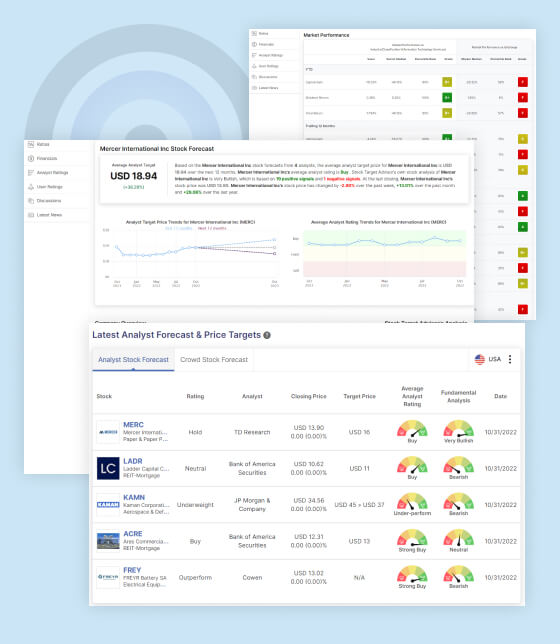March Light Vehicle Sales Surge
In March 2025, the U.S. light vehicle (LV) market saw a dramatic surge in sales, as reflected in a SAAR (Seasonally Adjusted Annual Rate) of 17.8 million units, far exceeding initial expectations of 16.6 million units. The sales increase, driven by a combination of factors, suggests that consumer demand remains strong, even in the face of supply chain challenges and tariff-related price adjustments. This surge marks a key divergence from earlier forecasts and shows that the automotive market can still experience significant growth despite concerns over inventory shortages and price hikes driven by tariffs.
Impact of Tariffs on March U.S. LV Sales
Tariff Effects on Vehicle Pricing:
The tariff bump was larger than anticipated. This refers to the increased costs from import tariffs on certain vehicles and parts, especially those sourced from countries like China or Mexico. Although these tariffs raise vehicle prices, they also created a temporary surge in sales as consumers rushed to make purchases before further price increases took effect.
The increase in prices due to tariffs resulted in a notable bump in sales volume for March, as buyers sought to avoid future price hikes and take advantage of current rates.
Consumer Behavior:
The higher-than-expected demand could be attributed to pre-tariff stockpiling: consumers may have been trying to buy vehicles before additional tariffs were fully implemented or before manufacturers raised prices in response.
The tariff impact wasn’t uniform across all vehicle types, and certain sectors benefited more than others. For example, pickup trucks and vans, which had a 29.6% and 34.4% increase in sales respectively, saw a significant boost in demand due to tariff-induced price rises and changing consumer preferences.
Inventory Fluctuations and Lean Inventories
Supply Chain Challenges
A key factor contributing to the strong sales in March was the lean inventory levels. Over the past year, the automotive industry has faced significant supply chain disruptions, particularly semiconductor shortages, which have limited vehicle production. As a result, many dealers have been running on lower-than-usual inventory, which generally leads to higher prices.
However, in March, while inventory shortages were still felt, manufacturers and dealerships saw higher demand than expected, especially as vehicle supplies were constrained. The limited availability of popular models created a sense of urgency among buyers, driving up sales numbers before the next wave of supply chain disruptions could hit in Q2.
High Consumer Demand Amid Limited Stock:
Despite these inventory challenges, consumer demand remained robust, suggesting that even with limited availability, there was a strong desire to purchase vehicles. Consumers were willing to accept higher prices for vehicles, especially with growing uncertainty over whether prices would continue to rise in the coming months due to tariff increases or further supply chain slowdowns.
Segment Performance and Incentives
Segment-Specific Performance:
In March, the pickup truck and van segments experienced the largest year-over-year (Y/Y) gains, reflecting strong consumer preference for these vehicle types. This aligns with trends showing that American consumers continue to prioritize larger vehicles, particularly for work or recreational purposes, and with rising prices, many are willing to pay a premium for them.
Retail and Fleet Sales: The retail market (individual consumers) and fleet market (corporate or rental fleet buyers) both saw increased sales, with retail volume increasing by 17.3% year-over-year and fleet sales increasing by 5.0% year-over-year. The strength in both sectors suggests broad-based demand across different types of buyers, influenced by strong consumer confidence and ongoing economic resilience despite higher vehicle prices.
Incentives and Transaction Prices: March incentives rose by 8.2% year-over-year, showing that automakers were offering larger discounts to stimulate sales. However, this increase in incentives was not enough to offset the overall rise in average transaction prices, which increased by 1.4% year-over-year.
In fact, the rise in transaction prices suggests that despite increased incentives, vehicle prices were still rising overall. This aligns with the notion that tariffs and inventory shortages are pushing manufacturers to raise prices to cover higher production costs, while still trying to incentivize purchases to keep sales high.

STA Research (StockTargetAdvisor.com) is a independent Investment Research company that specializes in stock forecasting and analysis with integrated AI, based on our platform stocktargetadvisor.com, EST 2007.















































